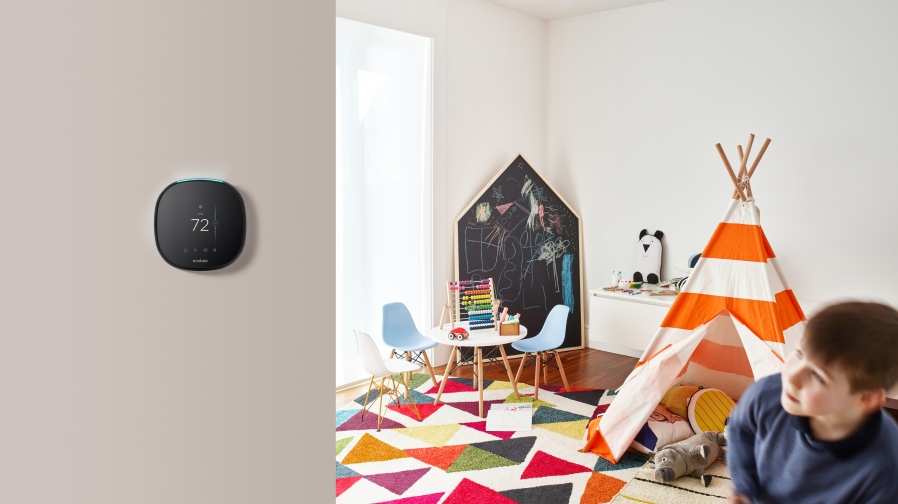Want to trim your heating costs this winter? Learning how to effectively use your house’s thermostat can help you slash those utility bills.
Though steps such as sealing air leaks and changing furnace filters can help you conserve energy, knowing how to wield your home’s thermostat is one of the best ways to clamp down on the costs of heating, which the U.S. Energy Information Administration predicts will slightly increase this winter because of colder weather.
Which is right for you?
A manual thermostat is the old-fashioned variety that lets you adjust the temperature in your house by moving a needle or by pressing “up” and “down” buttons. These thermostats — which generally range from $15 to $35, HomeAdvisor.com reports — are common in older homes, and they may be sufficient for people who spend most of their time at home, says Stacey Higginbotham, an Austin-based home technology expert. But a simple thermostat can be replaced by a programmable or smart thermostat — maybe even by yourself. And if you’re not confident in your DIY skills, most manufacturers offer professional installation, though it can be costly. You also can get installation quotes on service websites such as Thumbtack.
A programmable thermostat is essentially a “set-it-and-forget-it” product that lets you control when your home’s heating or air-conditioning system turns on according to a preset schedule. According to the EPA, proper use of a programmable thermostat helps the average household save about $180 a year in energy costs. For most homeowners, a programmable thermostat is worth the upfront investment, considering it only costs about $20 to $150, HomeAdvisor says.



